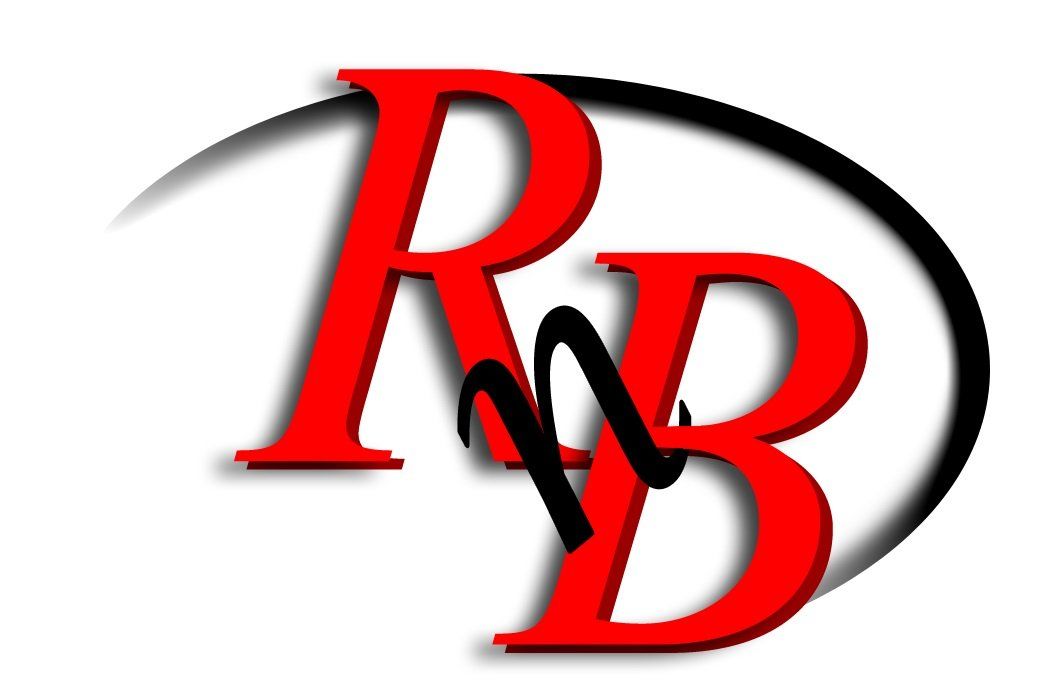Pro AV Catalog
Manufacturers
PRODUCT CATEGORIES
Matching Keywords
Model Numbers
Visionary Solutions, Inc.
2060 Alameda Padre Serra
Suite 100
Santa Barbara, CA 93103
United States
Suite 100
Santa Barbara, CA 93103
United States
Project List
Multicasting digital video at Michigan Tech
Imagine watching students ironing the ice at midnight up in Houghton, Michigan, as they mold ice sculptures for the annual Winter Carnival. Or perhaps you’d be more interested in Michigan Technological University’s ever-popular broomball seasons that have become a mid-winter tradition. These events and more could be streaming to campuses around the world, live and in living color, in the very near future as Michigan Tech and other universities equip their technology infrastructures with the ability to multicast broadcast-quality, real-time digital video.
"Multicast is an important technology for us," says Brenda Helminen, Director of Telecommunications at Michigan Tech. "You really can't broadcast over the network without it. Multicasting is critical to optimize network usage, performance and reliability." Unlike unicasting, which requires a separate signal for every destination, multicasting allows a source to send a single stream of data onto a multicast-enabled network to be picked up by multiple destinations, resulting in the use of far less bandwidth. Ten years ago, frustrated with the growing bottleneck on the public Internet, about 200 colleges, universities, and non profit research groups joined together to form their own network, Internet2 (or I2). This special-use network allows members
to exchange research and information without having to deal with outside interests or time-consuming billing and bandwidth concerns. It is also multicastenabled, which most of the public
Internet is not. Member campuses connecting with Internet2 can choose to stream real-time, high-resolution video on a point-to-multipoint basis between their users and other I2 member users.
At Michigan Tech, video over IP encoders from Visionary Solutions, Inc. of Carpinteria, California are at the heart of the multicasting effort.
Proving itself
One of Michigan Tech’s Senior Telecommunication Engineers, Shane Godmere, found Visionary Solutions just as their new IPTV products hit the market, and the university became VSI’s first
customer for the AVN210 encoder. A stand alone AV server, the AVN210 encodes a single stream of data, then compresses it, packetizes it and sends it in real time out onto the network to be picked up by any end point with decoding software or a set top box decoder.
“In 2005 we used the new encoder just for live remotes on campus,” says Godmere. “We would plug it into the IP network and we would point-to-point back to a set top box connected at our
cable system.”
In 2006, Michigan Tech began experimenting with multicasting. Godmere moved the AVN210 encoder into the datacenter, assigned it a multicast address and began streaming a test signal onto the Michigan Tech network and Internet2.
Right now, Michigan Tech is using the encoder to stream public service announcements and general information on the university’s public access channel, but it is capable of far more. “We advertise it as the Michigan Tech Info Channel and anybody in the world that picks up that SAP can pull it in,” Godmere explains. “It’s nothing really fancy yet, but it’s growing as we go. It’s finding its home and place in the world.”
Big picture
The AVN210 doesn’t work alone at Michigan Tech. It is a slender black box, easily rack mountable, part of a larger system including a Leightronix Nexus video server.
The Michigan Tech Nexus has one terabyte of disk space. It is used for everything from prerecorded events to slide shows, movies and radio station audio. Signals travel from the Nexus to an 8x8 matrix switcher and from there to a fiber link to the cable system head end. The Channel 2 signal, however, is also sent to the AVN210 video encoder and from there, out on the Internet and I2.
Michigan Tech does not have its own TV station, so in 2007 Godmere bought a second AVN210 from Visionary Solutions and placed it in a mobile rack that can be rolled around campus. It’s actually a dual-width rack with a video switcher, audio mixer, the AVN210 encoder, camera inputs, video preview monitors and other support equipment. Student groups can borrow this portable “TV station” and multicast their live events, including broomball and student poker tournaments, simply by plugging into the campus IP network. The signal can be fed to the campus cable system, or picked up by any PC with decoder software or televisions equipped with an IPTV set top box decoder.
Fast video messaging
There has never been a more important time for instant communication across college campuses. At Michigan Tech, 30 student gathering places are equipped with television displays that distribute campus messages and announcements, along with subscription news and local
weather from SCALA. The messaging system is managed by the school’s Education Technology Services Department. ETS also supports many AV technologies on campus including online learning studios, classroom technology systems, student cafeteria sound systems, and the University Division I ice arena. Article continues….
See complete article at:
http://www.vsicam.com/files/documents/SuccessStories/MichiganTechCase.pdf
You must be logged in to add more than four items to your comparison list.
Register today!
With a free My-iQ account, you'll be able to keep track of the latest updates and
event notifications from your favorite AV
manufacturers, manage your own projects and discover new pro-AV products.
close
Thank you!
Someone will be in touch with you shortly.
Contact RnB Enterprises, Inc.
close
Request more information from a dealer near you
close
Request more information from a dealer near you
We design and install spaces to be functional and work smarter based on your specific needs. Let’s talk technology
REQUEST A CONSULT
OR CALL 800-998-8865
Quick Links
Share by:



